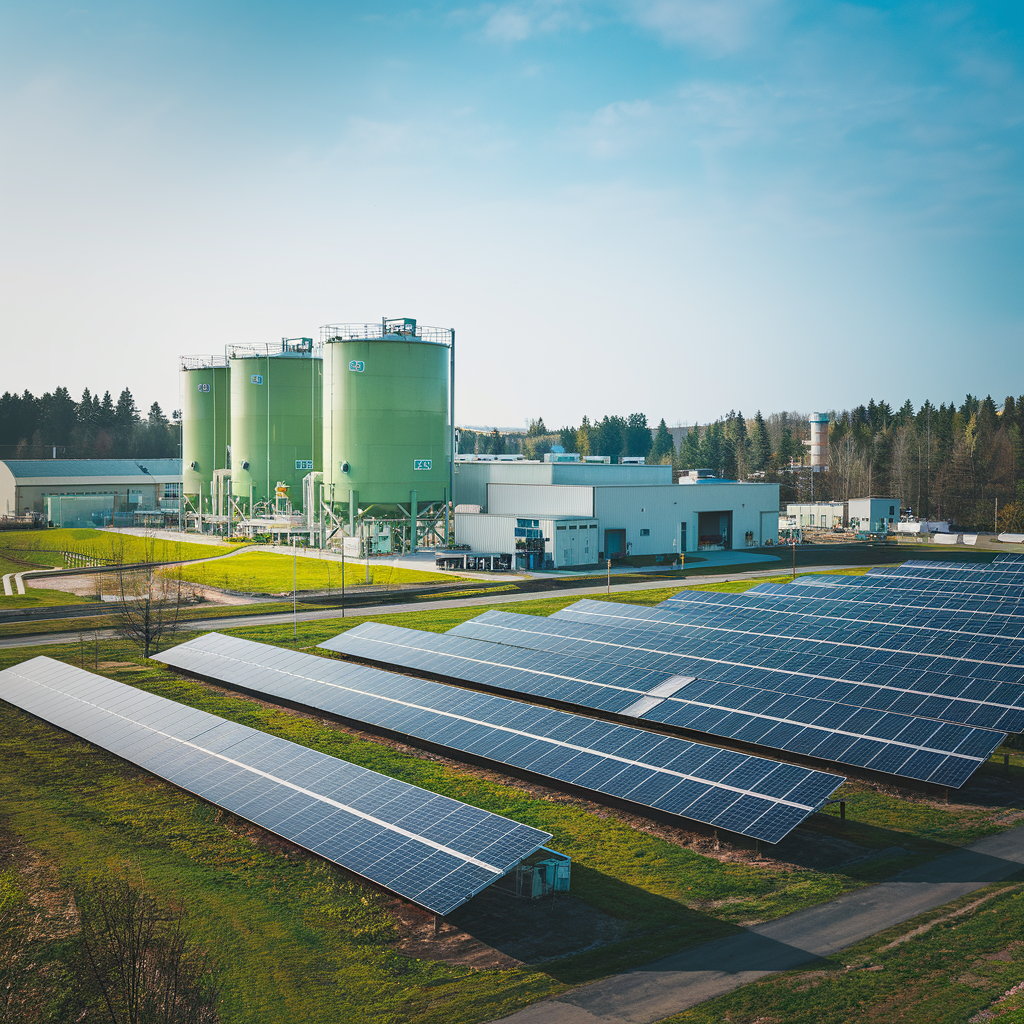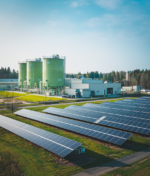
New Energy Revolution - Green Hydrogen
In almost all areas where fossil fuels are used, there is a transition towards electrical energy produced by renewable methods. Electric vehicles, new generation energy storage systems, heat pumps, and the transformation of fossil fuel systems used in the industrial field into structures powered by electrical energy are driving a major change in energy consumption. Until the last two years, energy value was expressed in TOE (Tons of Oil Equivalent), and while energy exchanges traded in TOE, energy units have recently started to be expressed in kWh. We can interpret this change as the global financial structure giving up on oil as the main energy source.
While the transition from fossil fuels to electricity has created a positive atmosphere in terms of spreading energy supply and pricing mechanisms, two important questions warn that the transformation must continue:
a) Is it possible to convert all systems that provide energy from fossil fuels with electricity generated from renewable sources?
b) Is it possible to achieve the global net zero emission target by 2050 only through this transformation?
I am sure we would all like to be able to answer "yes" to both questions. However, the profile risks in electricity generation (mobilization problems despite advances in storage systems, and the fact that the speed and duration of meeting the need are not at the desired level) leave us with the reality that electricity generated solely from renewable sources is still far from meeting all needs.
In order to complete the transformation from fossil fuels to electricity, we need a diversification that will reduce the risks and overcome the shortcomings. A new energy revolution that can bring the world to the zero emission target, GREEN HYDROGEN production can be the bright solution of the new era.
What is Green Hydrogen?
Green hydrogen is a type of energy obtained as a result of the separation of water (H₂O) into hydrogen and oxygen by electrolysis. When the electricity used in this process is supplied entirely from renewable energy sources (solar, wind, hydroelectric, etc.), the hydrogen obtained is defined as "green hydrogen".
Hydrogen is named according to the method of production and is usually divided into different colors according to the carbon footprint of the production processes.

"Blue hydrogen" is produced by reforming natural gas (converting simple-chain hydrocarbons into branched-chain or ring hydrocarbons), while "gray hydrogen" is produced using fossil fuels and carbon emissions are released directly into the atmosphere. Green hydrogen stands out as a more environmentally friendly and sustainable option compared to these two types.
Production Process of Green Hydrogen
The production of green hydrogen is mainly based on the process of electrolysis of water. Electrolysis is the best method used to obtain hydrogen. In this method, an electric current flows between electrodes through an electrolyte. Chemical processes take place between a solid conductor (electrode) and a liquid conductor (aqueous solution). There are two common methods of electrolysis:
1. Alkaline Electrolysis: An alkaline electrolyzer produces hydrogen and oxygen using electricity with an alkaline solution of potassium hydroxide or sodium hydroxide. In an alkaline electrolyzer, reaction (1) occurs at the anode and reaction (2) at the cathode:
1. 4OH- → H₂O + O₂ + 4e-
2. 2H₂O + 2e- → H₂ + 2OH-
2. PEM (Proton Exchange Membrane) Electrolysis: This method is a process in which protons move through membranes. Electric current and water react by dissociation. For an electrolyzer made with PEM technology, the anode (3) and cathode (4) reactions are as follows:
3. 2H₂O → 4H⁺ + 4e- + O₂
4. 4H⁺ + 4e- → 2H₂
The input that triggers these reactions is electrical energy. Considering the concept of production at the point of consumption, which is a critical value for electricity generation costs, green hydrogen from non-potable water sources integrated with solar energy is promising for achieving the global net zero emission target by 2050.
Advantages of Green Hydrogen
Green hydrogen also offers advantages in terms of energy storage and transportation. Energy sources such as solar and wind cannot provide continuous energy and may need to be supplemented by fossil sources. Hydrogen energy can be stored and transported by pipelines, land and sea vehicles, or stored for industrial use. Green hydrogen can be used in many different areas such as electricity generation, heating, transportation and industrial processes.

Evaluating Green Hydrogen from an Economic Perspective
Due to the economic problems experienced after the pandemic, energy consumption of many countries has entered a growth trend. In addition to this trend, the temporary depression due to the Ukraine-Russia war has led countries to install solar and wind energy to gain energy independence. This uncontrolled growth has led to an increase in the hourly profile risk and, with fossil resources still in place, to a tragic drop in energy prices at certain times of the day in many countries. Moreover, the postponement of fossil decommissioning programs has increased climate risk. Hydrogen, which has many applications in energy production and can offer professional solutions for transportation, on-site production, by-products to be used in industry (green ammonia, etc.), offers great opportunities for global energy investors with its green form. On the other hand, countries that produce and use green hydrogen from their own renewable resources have a solution that can completely get rid of their dependence on importing fossil fuels. Still, we should add that major investments are needed to move forward in this area. A report published by the Energy Transitions Commission "Making the Hydrogen Economy Possible" According to the report, $15 trillion needs to be invested in the decarbonization of the energy sector and hydrogen-using sectors by 2050.
Conclusion
Green hydrogen is one of the most promising energy sources of the future in terms of reducing dependence on fossil fuels, zeroing carbon emissions and using renewable energy sources more effectively, which has a great potential for transformation in the energy sector.
By 2050, the only way to achieve the global net zero emissions target is for green hydrogen to become a major source of energy production. Green hydrogen, which requires more technical and professional solutions in terms of construction and operation of production facilities compared to wind and solar energy, offers opportunities for global energy investors and local large investors.
It would not be utopian to say that this revolution, which could change the flow of money in the global economy and the energy world, will profoundly affect the energy economy of the next 40 years and therefore the politics of countries.




